Top Ten Natural Wonders
Grand Canyon

The Grand Canyon is one of the most spectacular features of the natural world, having been carved out by the Colorado River over millions of years.
Great Barrier Reef
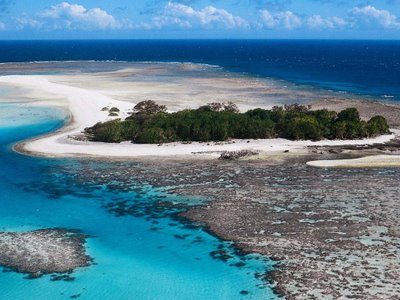
The Great Barrier Reef is the world's largest coral reef system composed of over 2,900 individual reefs and 900 islands stretching for 2,600 kilometres (1,616 mi) over an area of approximately 344,400 square kilometres (132,974 sq mi) along the north-eastern coast of Australia.
Harbor of Rio de Janeiro
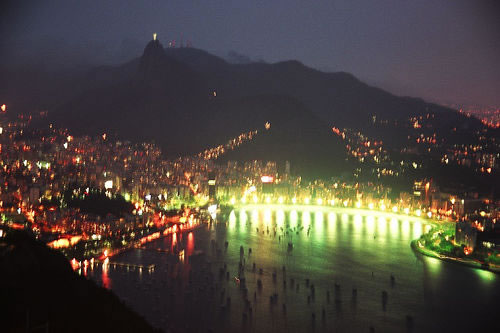
The Rio de Janeiro harbor is a spectacular natural setting in south-east Brazil, stretching inland for about 20 miles.
Mount Everest

Mount Everest is the well-known highest mountain on Earth.
Aurora Borealis or Northen Lights
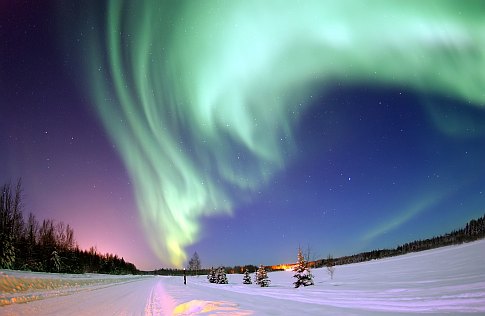
Aurora Borealis or the "Northern Lights" is the name given to a stunning light phenomenon often seen in the northern regions of countries such as Norway, Sweden, Finland, Greenland, Iceland, Alaska and Canada.
Angel Falls

Angel Falls in Venezuela is the world's highest free-falling waterfall at 979m (3,230ft), with an uninterrupted drop of 807m (2,648ft).
Paricutin Volcano
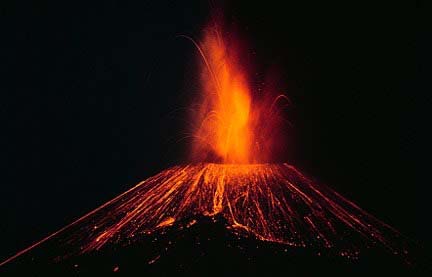
Paricutin Volcano in Mexico literally came from nowhere and emerged as a new volcano starting from a moment when the ground in a farmer's cornfield opened in February, 1943, and lava started flowing out! The lava flows then continued with little interruption until February, 1952.
Victoria Falls - Zambia/Zimbabwe
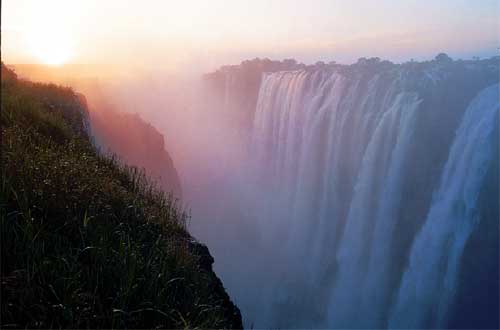
One of the world's mightiest falls, Victoria Falls thunders over a 100m-high, 1.5km-long cliff before rushing its enormous flow (120 million gallons of water a minute) into the Batoka Gorge.
Niagara Falls

Located on the border between Canada and the USA, the Niagara Falls comprises three separate waterfalls: the Horseshoe Falls (sometimes called the Canadian Falls); the American Falls; and the smaller, adjacent Bridal Veil Falls.
Gunung Mulu National Park
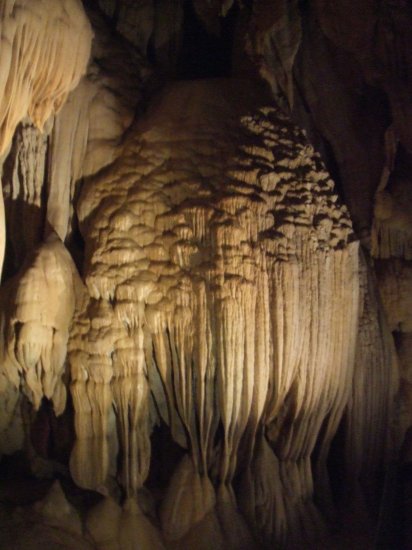
Gunung Mulu National Park in Borneo contains the most extensive and spectacular cave system in the world.









